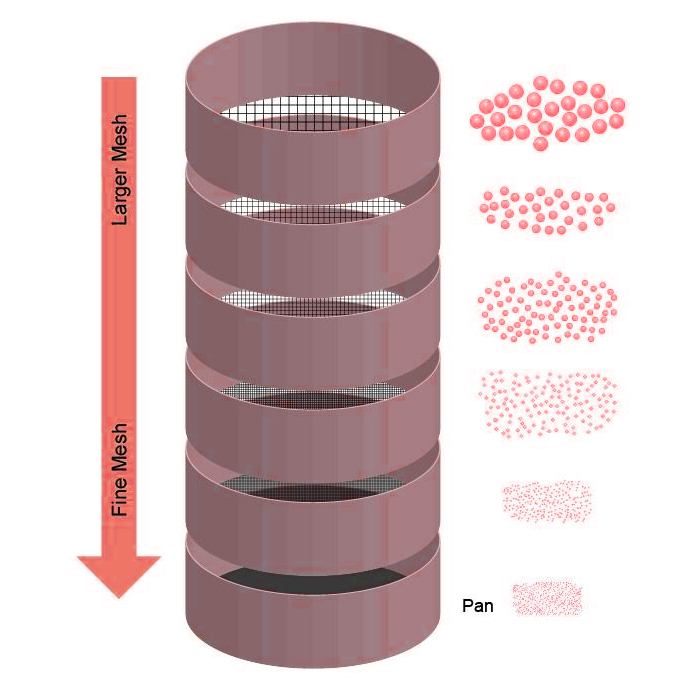PAC Testing & Consulting provides Analytical Laboratory Services for various liquid and solid samples. To ensure that each sample to be analyzed is taken in a correct and representative manner, we also provide our clients with an experienced sampling team.
The scope of our analysis services includes:
Waste Water Samples:
- a. Effluent samples
Standard A/B test parameters according to Malaysia's Environmental Quality (Industrial Effluent) Regulations, 2009
- b. Sewage samples
All test parameters are in accordance with the Malaysian Environmental Quality (Sewerage) Regulations, 2009
Water Samples:
- a. Raw water
- b. Treated water
- c. Drinking water
- d. Stream water
- e. Marine water
The test parameters are based on the following requirements:
- a. Food Act 1983 as of 1st March 2013), 25th A Schedule [sub-regulation 394 (1)].
- b. National water quality standards Malaysia.
- c. Malaysian Marine water quality Criteria and Standard.
Reference Method:
- a) APHA – Standard Method for the Examination of Water and Wastewater, 21st edition 2005, American Public Health Association (APHA)
- b) USEPA – United States Environmental Protection Agency
- c) DOE MS – Department of Environment Malaysia, Standards Methods 1596:2003
Solid Samples:
Particle Size Distribution Analysis
What Is A Particle Size Distribution?
The Particle Size Distribution of a powder, granulate, suspension or emulsion indicates the frequency of particles of a certain size in a sample. It is therefore a statistical concept. In practice, percentages are specified per size interval (fraction) or cumulative values are used, in which the fractions are added up in ascending or descending order of size.
Methods Used to Measure a Particle Size Distribution:
There are many methods to determine the particle size distribution of a sample. Which one is suitable for a particular sample depends on the size range of the particles and the material properties. Commonly used methods as below:
- a) Sieve analysis
Sieve analysis is a method that is used to determine the grain size distribution of soils that are greater than 0.075 mm in diameter
- b) Laser diffraction
Laser diffraction is a particle sizing technique for materials ranging from hundreds of nanometers up to several millimeters in size.
- c) Dynamic light scattering
Dynamic light scattering used to characterize particle size distributions and hydrodynamic sizes of particles and molecules ranging from 0.3 nm to 10 µm.
Reference Method:
- ISO – International Organization of Standardization
- ASTM – American Society for Testing & Materials
Since our priority is to provide accurate analytical test results, we ensure that our quality control protocols such as method validation, validation, equipment calibration are strictly implemented.
Our Customer Support Service is ready to serve our customers in all technical aspects related to sample analysis and also sample sampling.
.jpg)

.jpg)
.jpg)
 Sieve Analysis Process
Sieve Analysis Process.jpg) Dynamic Light Scattering
Dynamic Light Scattering Laser Diffraction
Laser Diffraction
 Malaysia
Malaysia